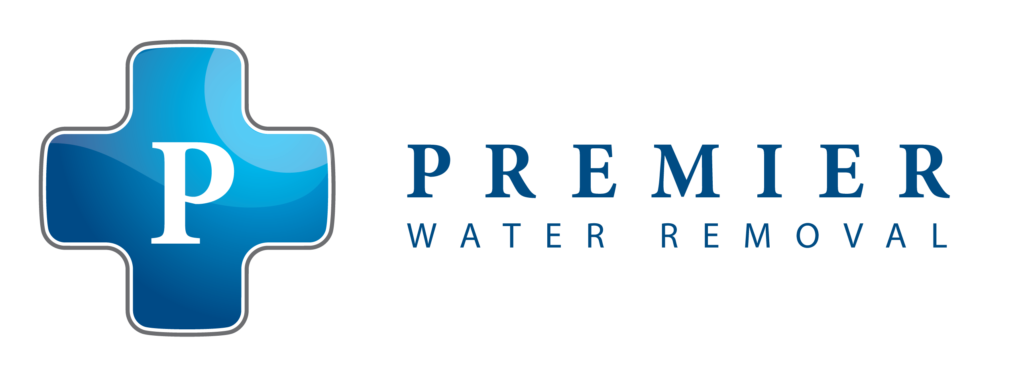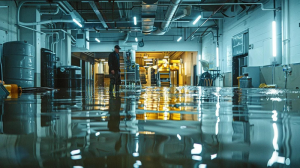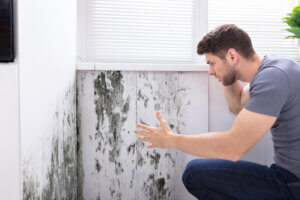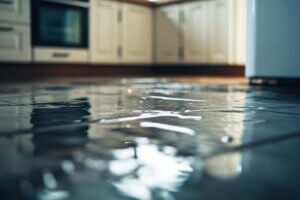When our homes suffer from water damage, the immediate concern that usually pops up is the potential growth of mold. Understanding mold growth, its causes, and effective cleanup strategies are crucial for maintaining a healthy home environment. At our company, we specialize in professional water damage restoration and mold prevention techniques designed to safeguard your property.
Mold thrives in moist and unventilated environments, which often occur after incidents like plumbing leaks or flooding. Left unaddressed, the presence of mold can cause health issues and significant damage to your home’s structure. This is why it’s essential to take swift action to remove water and moisture efficiently. In this article, we’ll explore the main causes of mold growth, provide a detailed guide to proper water damage cleanup, discuss key strategies to maintain optimal humidity levels, and advise on when it’s best to call in the professionals. By implementing these strategies, we help you keep your home safe and mold-free.
Understanding Mold Growth and Its Causes
Mold can start growing in your home when two main elements are present: moisture and organic material. After a flood or water damage, the excess moisture creates the perfect environment for mold spores, which are always in the air, to settle and multiply. Common sources of this moisture include leaks, high indoor humidity, and condensation, especially when warm, moist air meets cold surfaces. Organic materials in your home, like wood, carpet, and drywall, provide the food mold needs to thrive.
It’s important for us to tackle these mold inducers promptly. The faster we remove standing water and dry out the materials, the less chance there is for mold to grow. We emphasize quick response because mold can start growing within 24 to 48 hours under the right conditions. Keeping your home dry and well-ventilated is key to preventing mold from becoming a larger issue that can ultimately damage the structure of your home and possibly impact your health.
Step-by-Step Guide to Water Damage Cleanup
When dealing with water damage, following a systematic cleanup process is crucial to ensuring your home returns to a safe and dry state. Here’s what we typically recommend:
1. Remove Water: The first step is always to get rid of any standing water. We use powerful, efficient pumps and vacuums designed to handle large volumes of water, which helps us prevent further damage and mold growth.
2. Sort and Dispose: Next, we assess all items affected by the water. Salvageable items are cleaned and dried, while those too damaged or potentially hazardous (like soaked electronics or compromised food items) are safely disposed of.
3. Dry Out: We then focus on drying out the home, which can involve the use of industrial fans and dehumidifiers. This step is vital to remove the lingering moisture that can lead to mold and mildew.
4. Clean and Disinfect: Once the area is dry, cleaning and disinfecting follow. This step is essential to ensure that any contaminants brought in by the water are eliminated.
5. Restoration and Repair: Finally, we repair and restore the parts of the home that were damaged. This can involve anything from minor repairs like painting and replacing carpets to major ones like reconstructing damaged walls or flooring.
Following these steps can greatly reduce the risk of long-term damage and help ensure your home is clean, safe, and dry.
Key Strategies to Keep Humidity Levels in Check
Managing indoor humidity is critical in preventing mold growth and maintaining a healthy environment after water damage. High humidity levels can create favorable conditions for mold and other allergens to thrive, which is why we emphasize the importance of controlling moisture within your home or business. Here are key strategies to keep humidity levels under control:
First, make use of dehumidifiers, especially in areas prone to high moisture levels such as basements and bathrooms. Dehumidifiers work by removing excess moisture from the air, thus helping to prevent the buildup of condensation and damp patches where mold can grow. Additionally, ensuring adequate ventilation throughout the property is vital. This can be achieved by using exhaust fans in the kitchen and bathrooms and by opening windows when the weather permits to allow for a natural exchange of indoor and outdoor air. Lastly, regularly checking for and fixing leaks in roofs, pipes, and faucets can substantially reduce moisture sources, helping keep indoor humidity at a manageable level.
When to Call in the Professionals for Mold Prevention
Sometimes, despite your best efforts, the extent of water damage and the risks of mold growth can be too great to handle on your own. Knowing when to call in professional help is crucial not only for the structural integrity of your property but also for the health of its occupants. We step in when:
1. There has been significant water damage, and the affected area is large. Such situations often require specialized equipment and knowledge to properly dry out and treat the area to prevent mold growth.
2. If you notice signs of mold, such as a musty smell or visible mold patches, despite having taken preventative measures. This often implies that the growth is extensive and potentially within internal structures where it isn’t easily visible or accessible.
3. When humidity and moisture problems persist despite the use of dehumidifiers and other moisture control techniques.
In these cases, we’re equipped to assess the situation thoroughly, use industrial-grade tools to remove mold safely and implement long-term prevention methods that ensure your environment remains safe and healthy.
Conclusion
Navigating the aftermath of water damage can be daunting, but with the right knowledge and actions, restoration can be smooth and effective. From utilizing the proper drying techniques and equipment to understanding when professional intervention is necessary for mold prevention, each step plays a pivotal role in safeguarding your home or business. Remember, the goal is not just to restore your property to its former state but to ensure that it remains a safe, healthy environment free from the risks of excessive moisture and mold growth.
At Premier Emergency Water Removal, we’re committed to providing top-notch water damage restoration and mold removal services. If you’re facing water-related damage and need reliable, professional help, don’t hesitate to reach out to us. We are here to restore your space efficiently and effectively, ensuring your comfort and safety with every job we undertake. Trust us to handle your emergencies and get you back on track swiftly.



